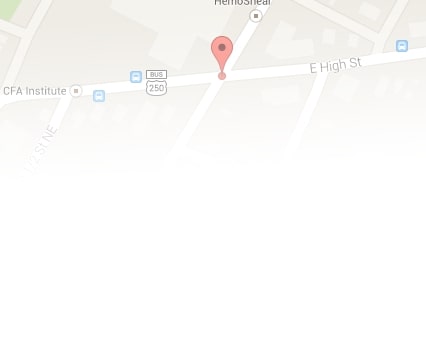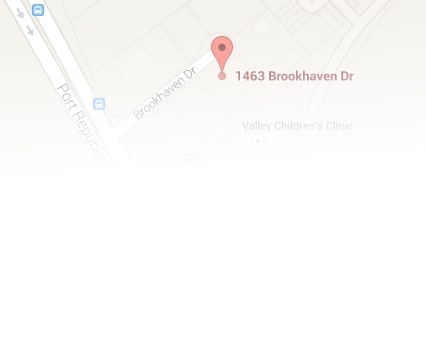As I mentioned here, I want to take a close look at a particular trademark dilution action involving both tarnishment and blurring – Louis Vuitton Malletier S.A. v. Haute Diggity Dog, 464 F.Supp.2d 495 (E.D. Va. 2006), which the federal district court located in Alexandria, Virginia called a “dog of a case.” In that case, Haute Diggity Dog (“HDD”), a company that marketed products for dog owners, introduced products called “Chewnel # 5, Dog Perignon, Chewy Vuiton, and Sniffany & Co.” Louis Vuitton filed suit alleging a variety of trademark, trade dress, and copyright infringement actions.
The Court first examined whether a direct trademark and copyright infringement had occurred by HDD’s parody of Louis Vuitton’s products. The Court acknowledged the similarities in design, appearance, and sound and even acknowledged that HDD was attempting to borrow some of Louis Vuitton’s aura when marketing the items. Yet, despite that, the Court found that Louis Vuitton’s marks were so strong, so unique, and so well established that HDD’s use of these marks in parody products could not create confusion between the two brands.
For a legal consultation with a personal injury lawyer, call (434) 817-3100
Turning to the dilution counts under the Federal Trademark Dilution Act, the Court examined whether HDD’s use of the marks occurred “after the mark ha[d] become famous and caused dilution of the distinctive quality of the mark.” A dilution action requires proof of actual dilution not just likelihood of dilution, the Court explained, and this dilution could occur either by blurring the mark’s identification or a tarnishment of the positive associations the mark has come to convey.
The Court first examined whether blurring occurred by examining the following factors:
(i) the degree of similarity between the mark or trade name and the famous mark;
(ii) the degree of inherent or acquired distinctiveness of the famous mark;
(iii) the extent to which famous mark is engaging exclusive use of the mark;
(iv) the degree of recognition of the famous mark;
(v) whether the user of the mark or trade name intended to create an association with the famous mark; and
(vi) any actual association between the mark or trade name and the famous mark.
Analyzing these factors, the Court determined that blurring did not occur because HDD’s use in a parody context actually depended on Louis Vuitton’s continued success as a brand. And, because Louis Vuitton’s mark was so strong, there was little chance HDD’s parody would dilute LV’s brand.
The Court dismissed the tarnishment claim with little hesitation, claiming that Louis Vuitton’s products were not tarnished under the prevailing standard, i.e., by being associated with products of low quality or by being conveyed in a negative context. Tarnishment is unlikely to occur, the Court ruled, where, as here, the association is “made through harmless or clean puns and parodies.”
The Haute Diggity Dog decision provides insight on how far a competitor can borrow a well-known trademark without running afoul of trademark and anti-dilution laws. Each case, of course, involves a unique set of factors and it is impossible to say whether a court would consider a different parody of a well-known trademark to be in compliance with general trademark laws. To get a better idea of whether your business idea or that of a competitor may unreasonably dilute a trademark, please contact the Intellectual Property attorneys at MartinWren, P.C. for a consultation.
Robert E. Byrne, Jr., the author of this article, is an attorney with the Charlottesville, Virginia law firm of MartinWren, P.C. Bob practices throughout Central Virginia in commercial and business litigation with an emphasis on intellectual property litigation, including and trademark infringement litigation. In addition, Bob devotes a substantial amount of his practice to advising emerging growth companies. To contact Bob, please call him at 434-817-3100 or by email at [email protected].
Call (434) 817-3100 or complete a Case Evaluation form



